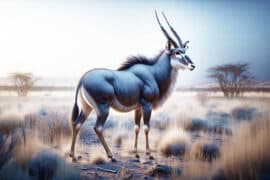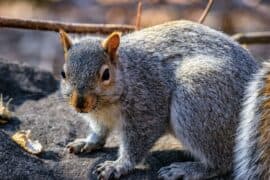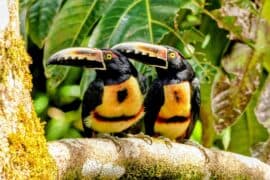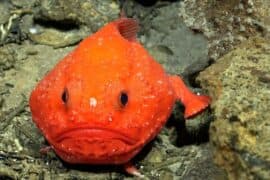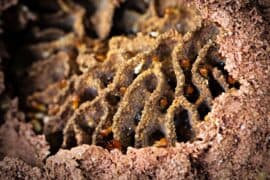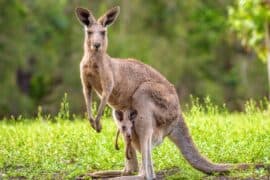Promethea silkmoth
(Callosamia promethea)
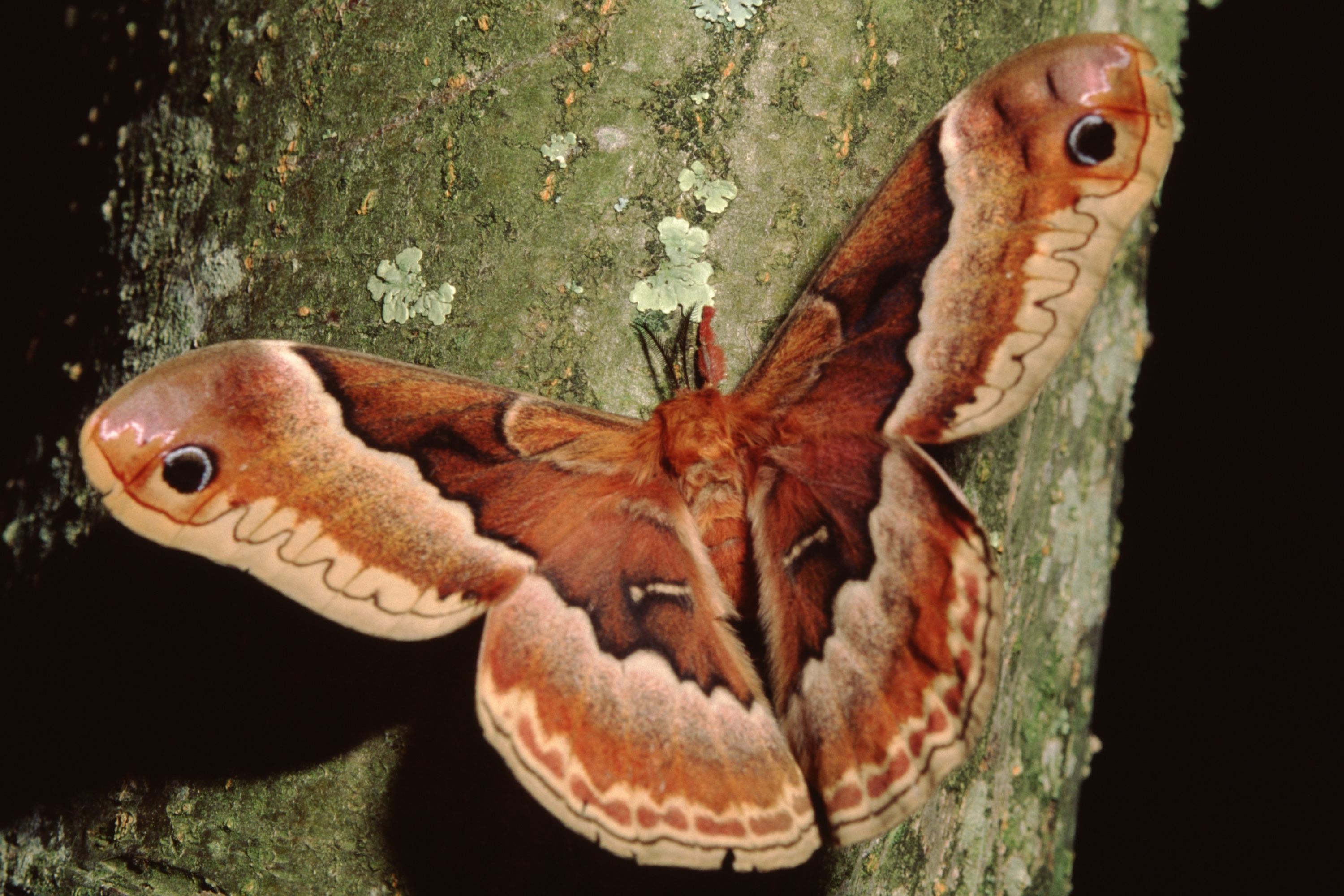
Description
Callosamia promethea, commonly known as the promethea silkmoth, is a member of the family Saturniidae, which contains approximately 1,300 species. It is also known as the spicebush silkmoth, which refers to is one of the promethea silkmoth's common host plants, spicebush (Lindera benzoin). C. promethea is classified as a silk moth, which stems from its ability to produce silk, which it does in the formation of its cocoon. C. promethea lives in forests in the eastern U.S. and does not damage the trees on which it lives. The species was first described by Dru Drury in 1773. Callosamia promethea hatches from eggs and feeds on its host plants before pupating while hanging from trees during the winter. It then emerges and mates during a specific time of day. The females utilize pheromones to attract males for mating, with both sexes mating multiple times. They are the only moth in their family where the sexes are not active at the same time of day, with males being diurnal and females being nocturnal. They only overlap in activity for a few hours in the early evening. The males use mimicry of the poisonous pipevine swallowtail butterfly as a form of protection from predators. The range of C. promethea extends the length of the east coast of the United States and west to the Great Plains. C. promethea is found in deciduous forests. Callosamia promethea utilizes multiple plant families as their hosts, including Rosaceae, Oleaceae and Lauraceae. There is no negative effect to C. promethea larvae being raised on a host plant different from the one that their parents were raised on, for the specific host plants tested in the study. The nutritional content of the individual host plant matters more to the health of the larvae than feeding on a population’s typical host plant. Some examples of common host plants are the tulip tree (Liriodendron tulipifera), sassafras (Sassafrass albidum) and spicebush (Lindera benzoin). Callosamia promethea does not consume any food in its adult stage.
Taxonomic tree:

